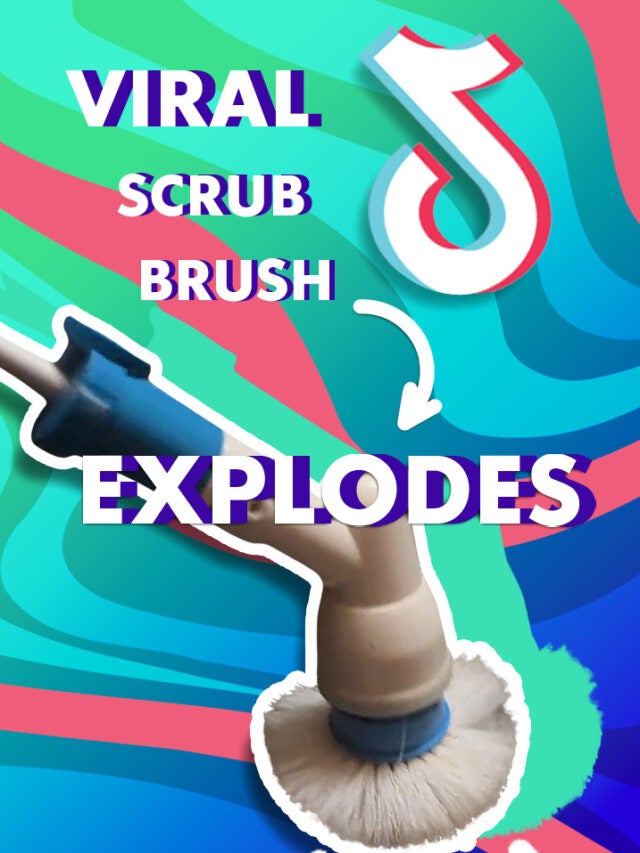Ever wondered how those sturdy outdoor floor scrub brushes, capable of tackling even the toughest grime, are made? It’s more intricate than you might think! This detailed guide delves into the fascinating process behind creating these indispensable cleaning tools, from selecting raw materials to the final quality checks ensuring a product ready to withstand the elements and relentless scrubbing.
From Bristles to Handle: Material Selection

The journey of an outdoor floor scrub brush begins with the selection of high-quality materials. Bristles are a critical component, dictating the brush’s cleaning power and longevity. Common bristle materials include:
- Plastic: Often polypropylene or nylon, these synthetic bristles are durable, resistant to chemicals, and relatively inexpensive. They offer a good balance of stiffness and flexibility, making them suitable for a wide range of cleaning tasks.
- Natural Fibers: While less common in heavy-duty outdoor brushes, natural fibers like Tampico (a type of Mexican agave) or boar bristle can be used. These offer a softer touch but may not be as durable or chemical-resistant as synthetics.
The handle is another vital aspect. Robust handles made from strong, weather-resistant materials are crucial for longevity. Common materials include:
- Wood: Hardwoods like oak or ash are favored for their strength and durability. Properly treated, wooden handles can withstand prolonged exposure to moisture.
- Metal: Steel or aluminum handles provide exceptional strength and are usually coated to resist corrosion. They are particularly suitable for exceptionally tough cleaning jobs.
- Plastic: Durable plastics, often reinforced with fiberglass, offer a lightweight yet sturdy alternative to wood or metal.
The Manufacturing Process: A Step-by-Step Look

The manufacturing process involves several key steps:
- Bristle Preparation: Synthetic bristles are typically produced through extrusion, a process that forces melted plastic through a die to create the desired shape and size. Natural fibers are often processed to remove impurities and improve their durability.
- Bristle Insertion: The bristles are then inserted into the brush head. This can be done manually for smaller brushes or using automated machinery for large-scale production. The bristles are securely fastened, often by melting the plastic base to create a strong bond.
- Head Molding: The brush head is typically molded from a durable plastic that can withstand impacts and chemical exposure. This step ensures the bristles are firmly held in place.
- Handle Attachment: The finished brush head is attached to the handle, secured with screws, rivets, or adhesive, depending on the design.
- Quality Control: Throughout the process, rigorous quality control checks are implemented to ensure the brush meets the required standards for durability, bristle strength, and overall performance. This might include tests for bristle shedding, handle strength, and overall structural integrity.
Why Brush Durability Matters for Outdoor Use

Outdoor floor scrub brushes face a far tougher life than their indoor counterparts. They encounter dirt, debris, chemicals, and harsh weather conditions. This necessitates the use of high-quality materials and robust construction methods, ensuring the brush remains effective and functional over an extended period. A poorly constructed brush will quickly shed bristles, break, or become ineffective, requiring frequent replacements. Investing in a durable brush ultimately saves time, money, and frustration.
Choosing the Right Brush: Factors to Consider
When selecting an outdoor floor scrub brush, consider the following factors:
- Bristle Stiffness: Choose stiffer bristles for tougher scrubbing jobs and softer bristles for delicate surfaces.
- Handle Length and Design: A longer handle provides better reach and reduces back strain. Ergonomic handle designs enhance comfort during prolonged use.
- Brush Head Size: Larger brush heads cover more area quickly, while smaller heads are better for detailed cleaning.
- Material Durability: Look for brushes constructed from high-quality, weather-resistant materials that can withstand regular use and exposure to the elements.
Comparison with Competitors
(Note: A detailed competitor analysis would require specific brand names and product details. This section could be expanded to include a comparison table outlining features, pricing, and durability claims of various outdoor scrub brushes available in the market.)
Maintenance and Care: Extending the Life of Your Brush

Proper care can significantly extend the lifespan of your outdoor floor scrub brush. After use, rinse the brush thoroughly with water to remove dirt and debris. Allow it to air dry completely, ensuring the bristles are not compressed while drying. Store it in a dry place to prevent mold or mildew growth.
Understanding the process behind manufacturing an outdoor floor scrub brush reveals the importance of material selection, design, and rigorous quality control. By choosing a well-made brush and caring for it properly, you ensure efficient cleaning and a lasting investment for your outdoor cleaning needs.




